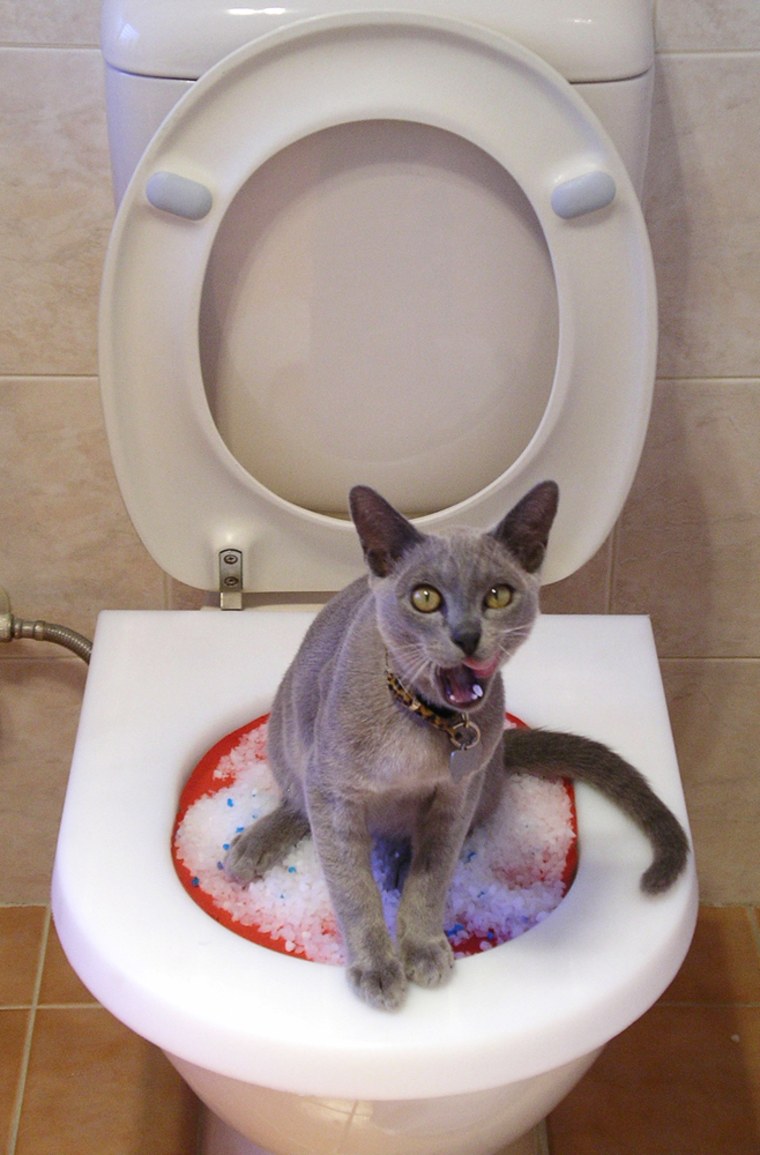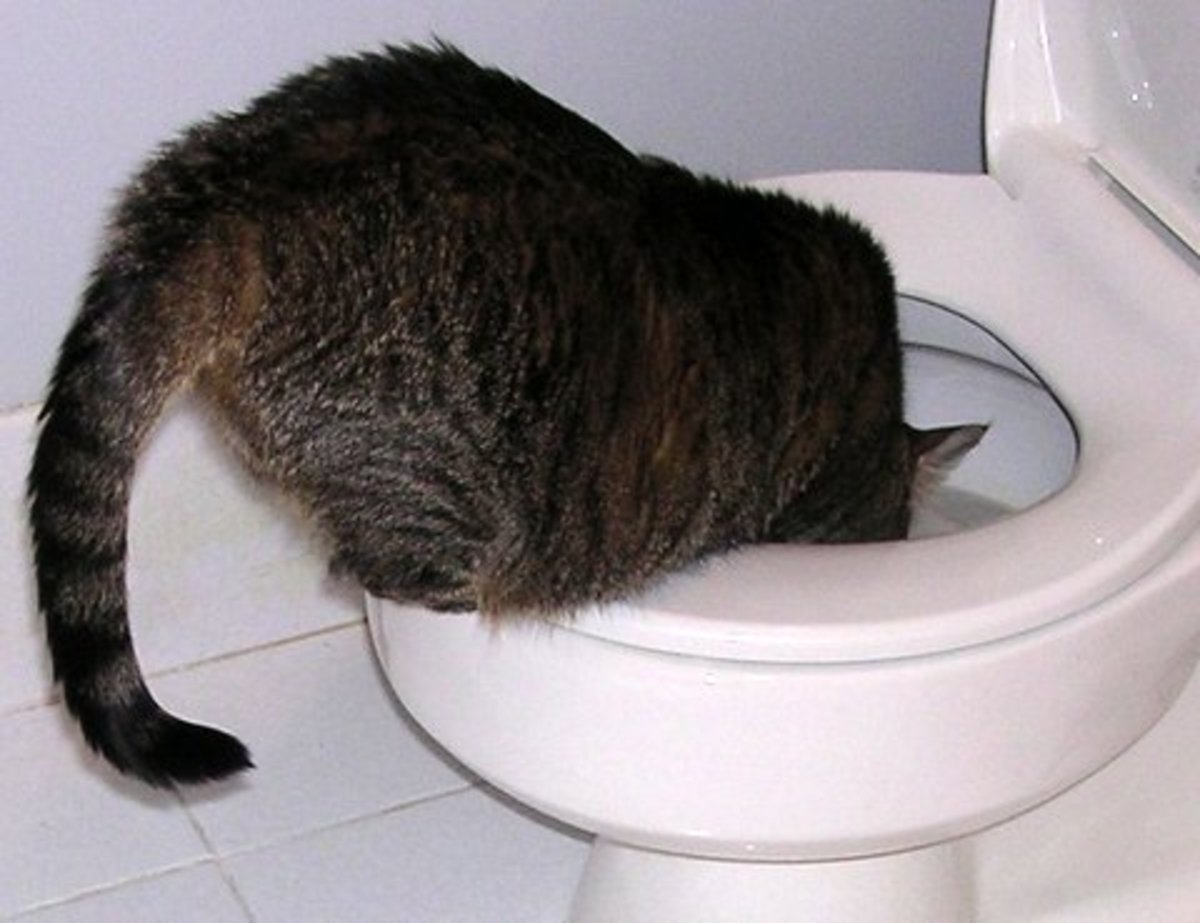Hazards of Flushing Cat Poop Down Your Toilet - Prevent Potential Issues
Hazards of Flushing Cat Poop Down Your Toilet - Prevent Potential Issues
Blog Article
We've come across the article pertaining to Don’t flush cat feces down the toilet below on the internet and think it made good sense to relate it with you here.

Intro
As cat owners, it's vital to be mindful of how we deal with our feline good friends' waste. While it might appear practical to purge cat poop down the commode, this practice can have damaging consequences for both the atmosphere and human wellness.
Alternatives to Flushing
The good news is, there are much safer and more accountable methods to get rid of cat poop. Think about the adhering to options:
1. Scoop and Dispose in Trash
One of the most typical technique of taking care of cat poop is to scoop it into an eco-friendly bag and throw it in the garbage. Make certain to make use of a devoted clutter scoop and take care of the waste promptly.
2. Usage Biodegradable Litter
Choose biodegradable pet cat trash made from materials such as corn or wheat. These clutters are eco-friendly and can be safely thrown away in the garbage.
3. Bury in the Yard
If you have a backyard, consider burying cat waste in a marked location far from veggie gardens and water sources. Be sure to dig deep enough to prevent contamination of groundwater.
4. Mount a Pet Waste Disposal System
Purchase a pet waste disposal system especially made for cat waste. These systems use enzymes to break down the waste, minimizing smell and ecological influence.
Wellness Risks
Along with ecological concerns, purging feline waste can also present health and wellness threats to humans. Feline feces may have Toxoplasma gondii, a bloodsucker that can trigger toxoplasmosis-- a possibly serious health problem, especially for pregnant females and people with damaged immune systems.
Ecological Impact
Purging feline poop introduces harmful microorganisms and bloodsuckers right into the supply of water, positioning a considerable threat to water ecosystems. These pollutants can adversely impact aquatic life and concession water quality.
Final thought
Liable pet dog ownership expands beyond providing food and sanctuary-- it additionally entails appropriate waste monitoring. By refraining from purging pet cat poop down the toilet and choosing alternate disposal approaches, we can minimize our ecological impact and secure human health.
Why Can’t I Flush Cat Poop?
It Spreads a Parasite
Cats are frequently infected with a parasite called toxoplasma gondii. The parasite causes an infection called toxoplasmosis. It is usually harmless to cats. The parasite only uses cat poop as a host for its eggs. Otherwise, the cat’s immune system usually keeps the infection at low enough levels to maintain its own health. But it does not stop the develop of eggs. These eggs are tiny and surprisingly tough. They may survive for a year before they begin to grow. But that’s the problem.
Our wastewater system is not designed to deal with toxoplasmosis eggs. Instead, most eggs will flush from your toilet into sewers and wastewater management plants. After the sewage is treated for many other harmful things in it, it is typically released into local rivers, lakes, or oceans. Here, the toxoplasmosis eggs can find new hosts, including starfish, crabs, otters, and many other wildlife. For many, this is a significant risk to their health. Toxoplasmosis can also end up infecting water sources that are important for agriculture, which means our deer, pigs, and sheep can get infected too.
Is There Risk to Humans?
There can be a risk to human life from flushing cat poop down the toilet. If you do so, the parasites from your cat’s poop can end up in shellfish, game animals, or livestock. If this meat is then served raw or undercooked, the people who eat it can get sick.
In fact, according to the CDC, 40 million people in the United States are infected with toxoplasma gondii. They get it from exposure to infected seafood, or from some kind of cat poop contamination, like drinking from a stream that is contaminated or touching anything that has come into contact with cat poop. That includes just cleaning a cat litter box.
Most people who get infected with these parasites will not develop any symptoms. However, for pregnant women or for those with compromised immune systems, the parasite can cause severe health problems.
How to Handle Cat Poop
The best way to handle cat poop is actually to clean the box more often. The eggs that the parasite sheds will not become active until one to five days after the cat poops. That means that if you clean daily, you’re much less likely to come into direct contact with infectious eggs.
That said, always dispose of cat poop in the garbage and not down the toilet. Wash your hands before and after you clean the litter box, and bring the bag of poop right outside to your garbage bins.
https://trenchlesssolutionsusa.com/why-cant-i-flush-cat-poop/

I'm certainly very fascinated with Can You Flush Cat Poop Down The Toilet? and I'm hoping you appreciated the piece. So long as you liked our blog post plz make sure you remember to pass it around. We value reading our article about How to Dispose of Cat Poop and Litter Without Plastic Bags.
Book 24/7 Report this page